Does your mozzarella refuse to stretch or just burn? The secret is science. From "pasta filata" to the crucial role...
What is Nectar? Nature's Sweet Energy Drink
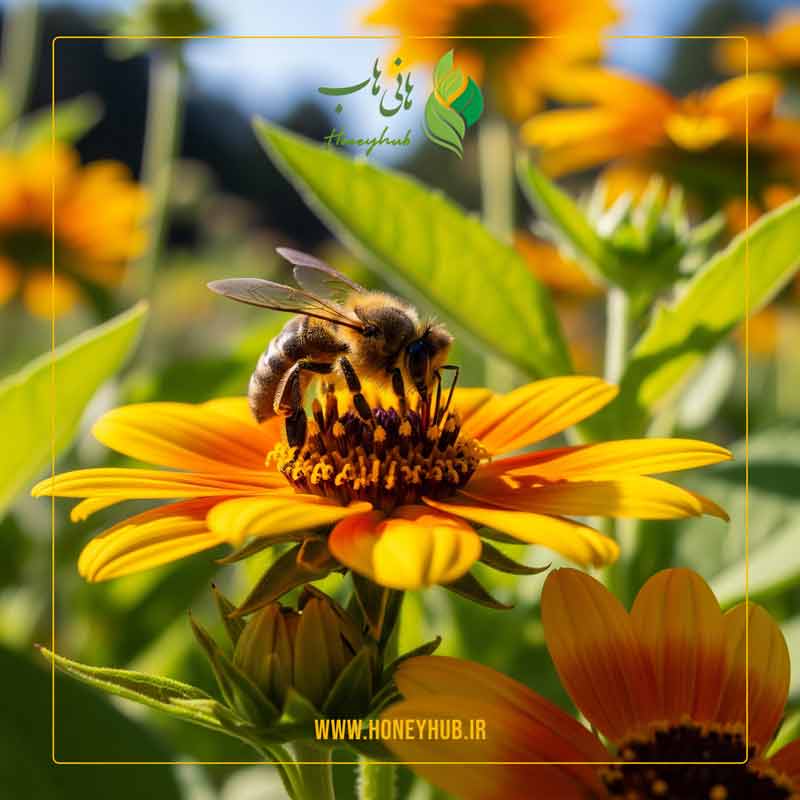
Introduction to Nectar
Nectar is the sweet, sugary liquid produced by flowering plants that serves as the primary food source for pollinators like bees, butterflies, and hummingbirds. This remarkable substance is the foundation of the honey we enjoy and plays a crucial role in ecosystems worldwide.
Did you know? The average honey bee visits 50-100 flowers during one nectar collection trip, and it takes about 2 million flower visits to produce one pound of honey!
Defining Nectar
Nectar is a complex aqueous solution secreted by specialized floral glands called nectaries. Its primary components include:
| Component | Percentage | Function |
|---|---|---|
| Sugars (sucrose, glucose, fructose) | 15-75% | Energy source for pollinators |
| Water | 25-85% | Solvent for sugars |
| Amino acids | 0.02-0.5% | Nutrition for pollinators |
| Secondary compounds | Trace amounts | Antimicrobial, attractant |
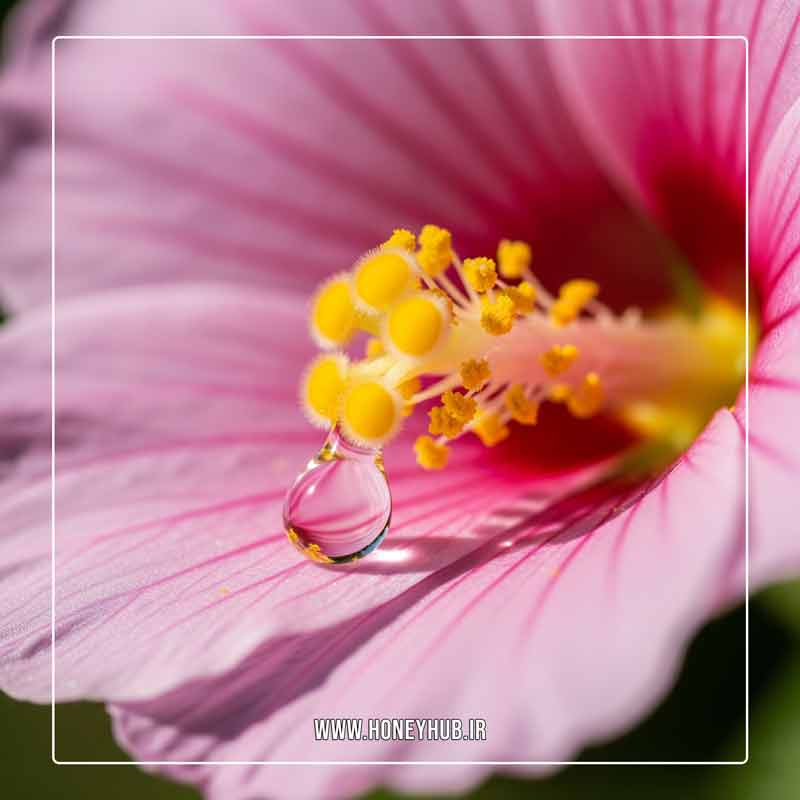
Flower Nectar Structure in Different Plants
Nectar composition varies significantly among plant species, influencing which pollinators they attract:
Bee-Pollinated Flowers
- Moderate sugar concentration (30-50%)
- Balanced sucrose/hexose ratio
- Often contains UV guides
- Examples: Clover, lavender, sage
Butterfly Flowers
- Lower sugar concentration (20-30%)
- Deep, narrow corolla tubes
- Often red or orange
- Examples: Lantana, milkweed
Hummingbird Flowers
- High sugar concentration (25-35%)
- Dominant sucrose content
- Red or bright colors
- Examples: Fuchsia, trumpet vine
Experience Nature's Nectar Transformation
Our bees carefully collect nectar from these diverse flowers to create unique, flavorful honeys. Each jar captures the essence of different floral sources.
Explore Our Honey Collection100% Pure • Raw • Unprocessed
Economic Value of Nectar
Nectar's value extends far beyond its ecological role, contributing significantly to global economies:
Flower Organelles and Structure
Flowers contain specialized structures for nectar production and presentation:
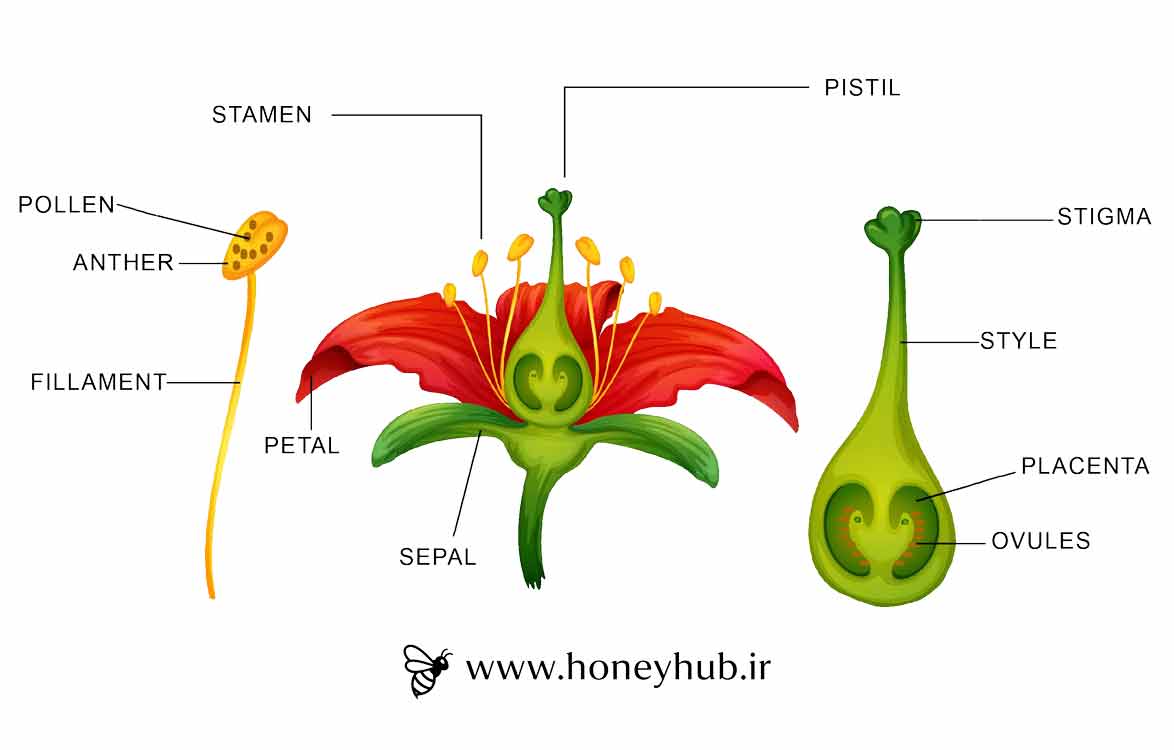
Key Flower Parts Related to Nectar:
- Nectaries - Specialized glands that produce nectar
- Sepals - Protective outer covering
- Petals - Colorful attractants
- Stamens - Male reproductive parts
- Pistil - Female reproductive parts
- Nectar guides - Visual cues directing pollinators
Nectaries in Different Flowers
Nectaries vary widely in location and structure across plant species:
| Nectary Type | Location | Example Plants | Pollinator Adaptation |
|---|---|---|---|
| Floral nectaries | Base of flower parts | Linden, citrus | Generalist pollinators |
| Extrafloral nectaries | Leaves, stems | Peach, cotton | Ant protection |
| Spur nectaries | Long floral spurs | Columbine, orchids | Specialized pollinators |
| Septal nectaries | Between ovary walls | Lilies, magnolias | Primitive flowers |
Nectar Production and Secretion
Nectar production is a complex physiological process:
Photosynthesis
Plants produce sugars through photosynthesis in leaves
Translocation
Sugars are transported via phloem to nectaries
Secretion
Nectary cells modify and secrete the nectar
Presentation
Nectar is presented to attract pollinators
Nectar's Role in Attracting Insects
Plants have evolved sophisticated strategies to use nectar for pollination:
Nectar Spurs
Some flowers develop elongated nectar spurs that:
- Ensure only specific pollinators can access nectar
- Force pollinators into optimal pollination position
- Vary in length to match pollinator mouthparts
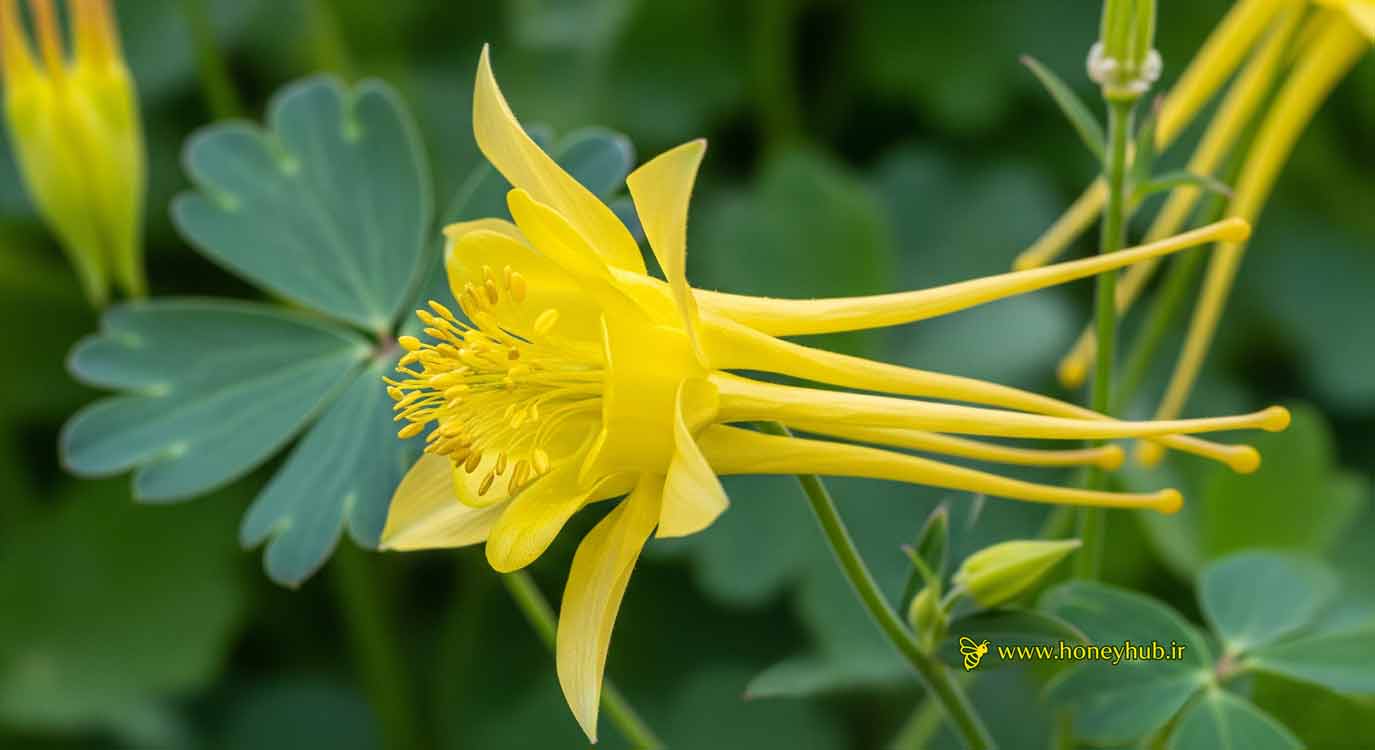
Pollinator Syndromes
Flowers evolve traits that match their preferred pollinators:
- Bee flowers: Blue, purple, yellow colors with landing platforms
- Bird flowers: Red, tube-shaped, no scent
- Bat flowers: Night-blooming, large, musty scent
- Butterfly flowers: Bright colors, wide landing pads
Evolution and Diversity of Nectaries
The co-evolution of flowers and pollinators has created remarkable diversity:
Early Nectaries
First floral nectaries appear in early angiosperms
Specialization Begins
Flowers develop specialized nectaries as pollinators diversify
Modern Relationships
Tight pollinator-flower relationships establish
Sources of Nectar
While flowers are primary nectar sources, other interesting sources exist:
Floral Nectar Sources
- Agricultural crops: Citrus, clover, alfalfa
- Wildflowers: Goldenrod, fireweed, milkweed
- Trees: Linden, black locust, eucalyptus
- Shrubs: Rosemary, lavender, manuka
Non-Floral Nectar
- Extrafloral nectaries (on leaves/stems)
- Nectar-producing fungi
- Some scale insects (source of honeydew)
Honeydew: The Alternative Nectar
Honeydew is a sugar-rich liquid excreted by aphids and other sap-feeding insects:
Flower Nectar
- Produced by plants
- Contains plant secondary compounds
- Variable sugar composition
- Generally clearer honey
Honeydew
- Insect-processed plant sap
- Higher mineral content
- More complex sugars
- Darker, stronger honey
"Our honeydew honey from oak forests has a distinctive malty flavor and darker color that gourmet chefs prize for its unique characteristics."
Conclusion: Nature's Perfect Energy Exchange
Nectar represents one of nature's most elegant symbiotic relationships. This sweet secretion:
- Fuels pollinator species that are essential for ecosystems
- Enables the reproduction of flowering plants
- Forms the basis for honey production
- Demonstrates remarkable evolutionary adaptations
- Supports global food production through pollination
Experience the Magic of Nectar Transformation
Every jar of HoneyHub honey captures the essence of this remarkable natural process. From delicate spring blossoms to robust summer wildflowers, our honeys preserve the unique character of their nectar sources.
Discover Our Honey Varieties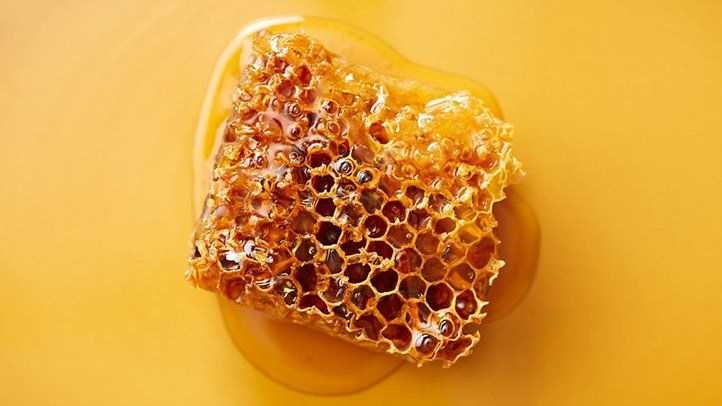
Pure • Raw • Unprocessed

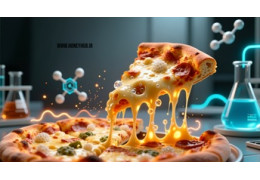



















Latest comments